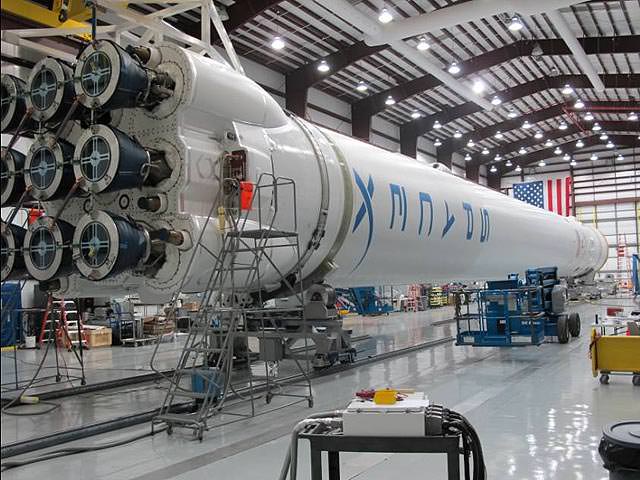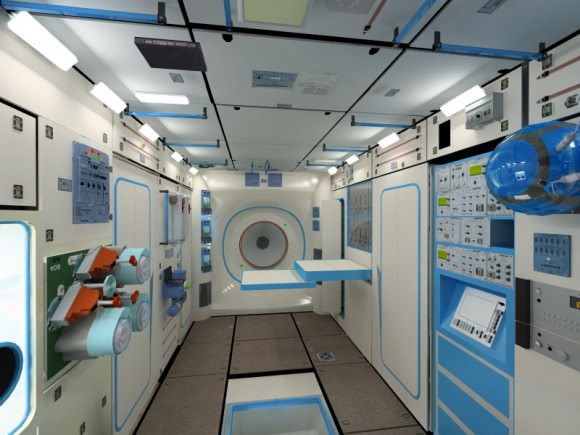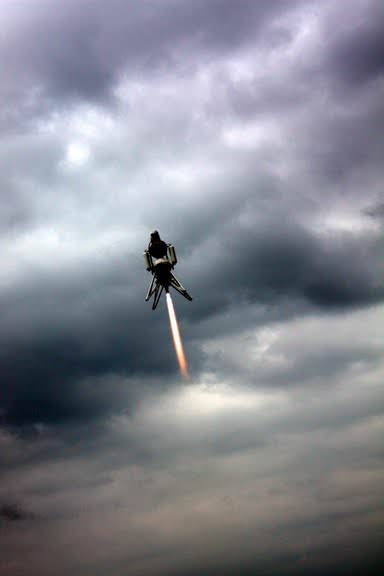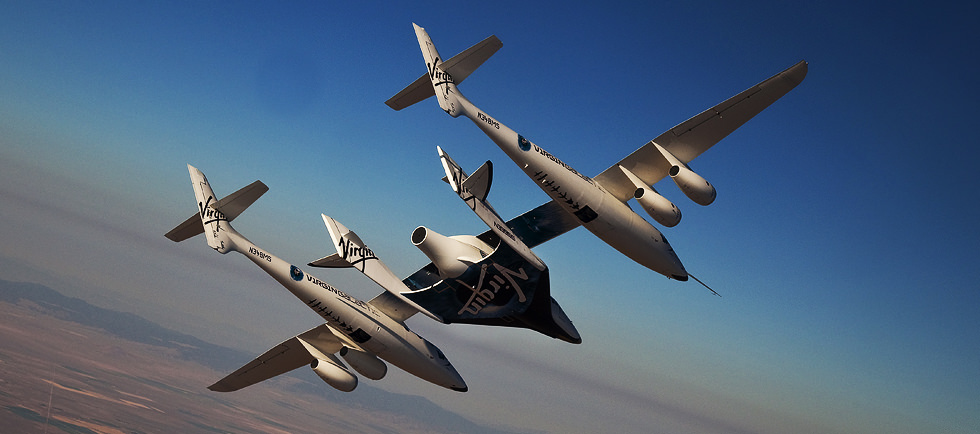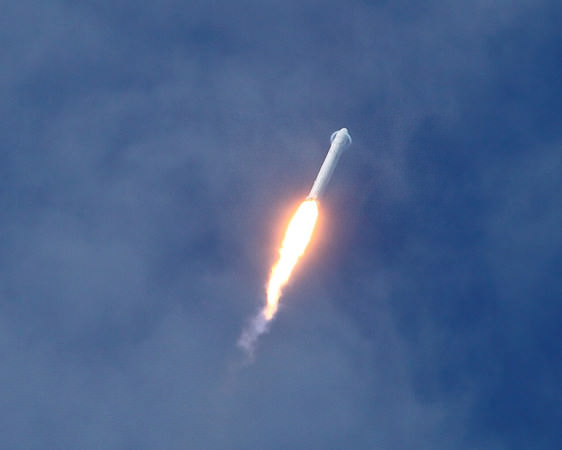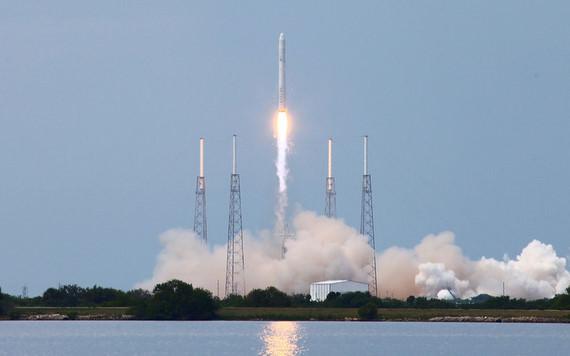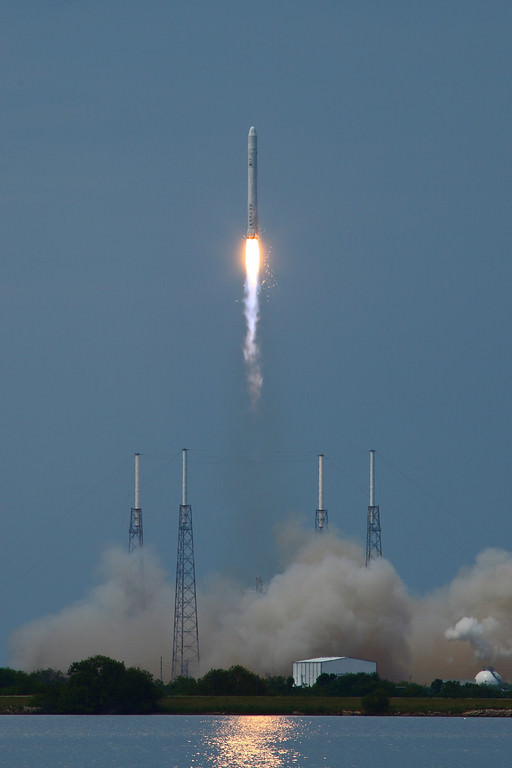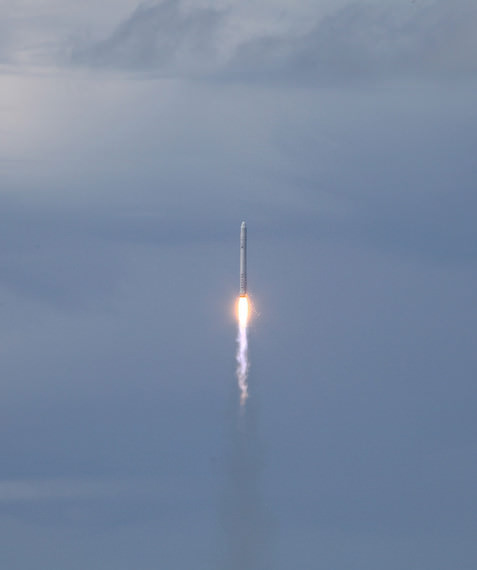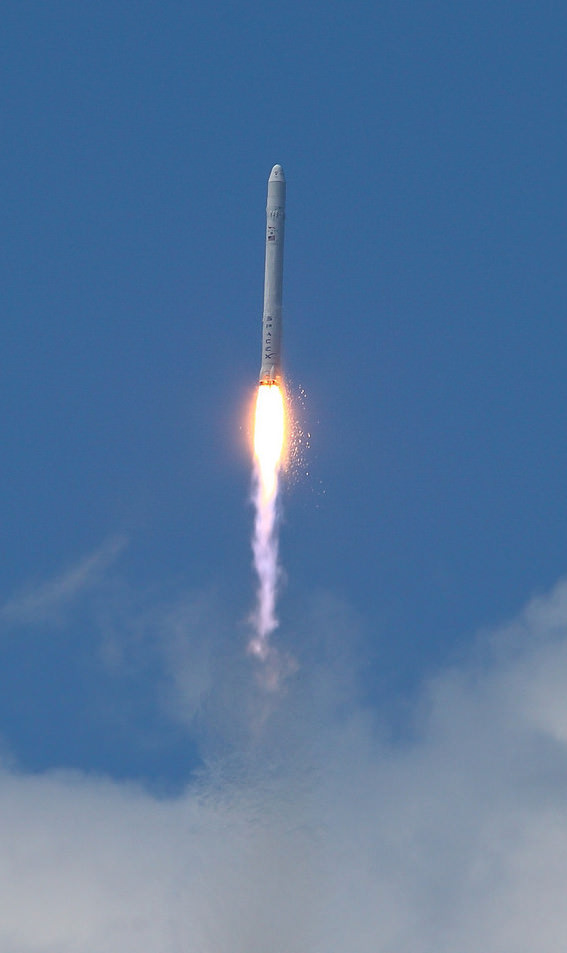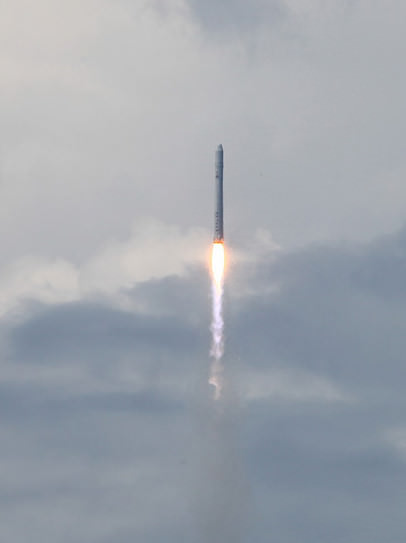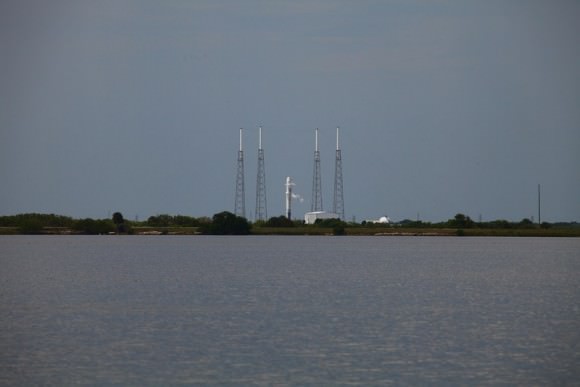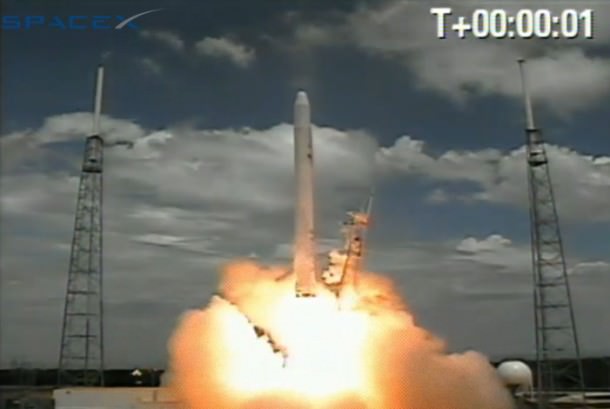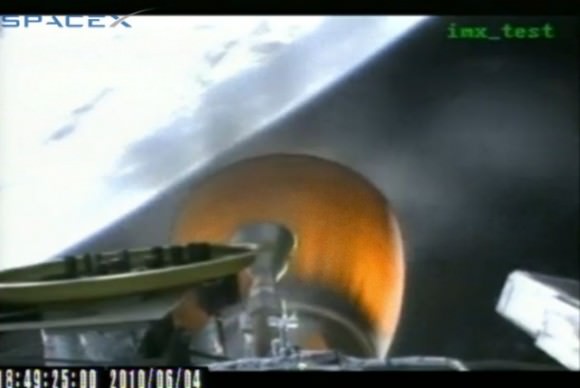[/caption]
Earlier this year, SpaceX (Space Exploration Technologies) successfully launched the first of its Falcon 9 rockets. The firm has continued to move forward, prepping for the next demonstration flight. This mission will include the first flight of an operational Dragon spacecraft (the first payload was a spacecraft qualification unit), and will be the first demonstration launch under NASA’s Commercial Orbital Transportation Services (COTS)program. THe launch is currently scheduled to take place in the Nov. 8-9 timeframe.
Under the contract SpaceX is required to fly 3 demonstration flights and 12 operational missions to the International Space Station (ISS), to resupply the orbiting outpost.
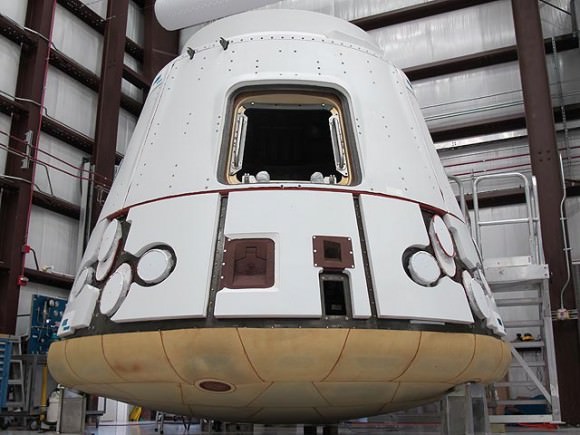
Falcon 9’s second flight will liftoff from Cape Canaveral Air Force Station and will closely match the first flight. However, on this mission the Dragon spacecraft will separate from the second stage of the rocket and test a number of crucial flight requirements. Some of these include, maneuvering, communications, navigation and reentry. The Dragon is designed to make touchdown on terra-firma but its initial landings will occur on water. These landings will be provided via its Draco thrusters – which may enable the craft to land within a few hundred yards of the desired target.
For its first demo flight, the Dragon will test out its systems as it conducts a number of orbits around the Earth. Afterward it will fire its thrusters and reenter the Earth’s atmosphere. The splashdown is planned to take place in the Pacific Ocean off the coast of Southern California. The entire mission is not expected to last more than four hours.
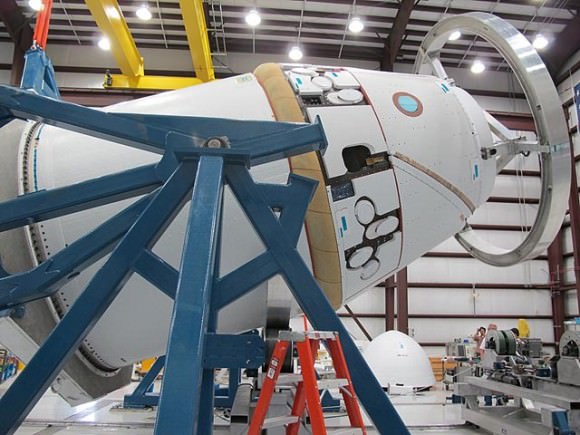
While the Dragon spacecraft does not have the space shuttle’s payload capabilities – it is designed to return payloads weighing up to 6,600 lbs. The shuttle is the only other craft that has such a large cargo return capability. The Russian Progress M1 spacecraft has a similar payload capacity but it is not currently designed to return to Earth (the Progress burns up in the atmosphere). This would be a huge leap forward for returning payloads (and hopefully, eventually people) from the ISS.
Under NASA’s new direction, it is hoped that by investing in commercial crew transports that competition will be created and thus lower the cost for access to space.
SpaceX recently conducted a successful wet dress rehearsal (WDR) that included rolling the rocket out to the launch pad, located at Cape Canaveral Air Force Station’s Launch Complex 40. It was then loaded with fuel and went through a complete launch sequence – right up until launch. It was then de-fueled and “safed.” The procedures of the wet test included specific procedures required for the inclusion of an operational Dragon spacecraft.
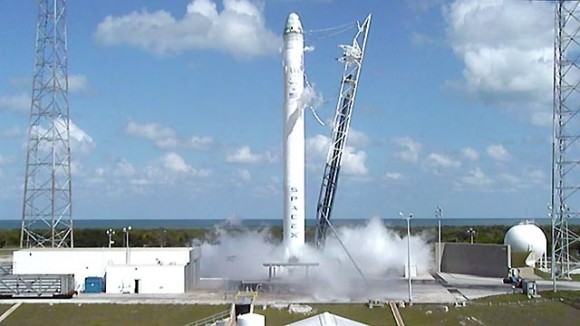
Before the WDR, SpaceX completed the first integration of its Falcon 9 and an operational Dragon spacecraft. The Dragon will be integrated onto the Falcon 9 rocket horizontally within the hangar. This helps to eliminate the cost of constructing and maintaining a vertical mobile service tower. It also makes processing of the payload less complicated. After integration is complete the Falcon 9 with the Dragon spacecraft will be moved to SpaceX’s mobile transporter/erector and be moved out of the hangar to the launch pad and then it will be erected vertically. The next step will be to conduct a static firing which is scheduled to take place in the coming weeks.
The Dragon is designed to be similar to the Russian Soyuz/Progress spacecraft in that they can be used to launch both materials and astronauts into orbit. The spacecraft includes eighteen Draco engines, hypergolic fuel systems, avionics, power systems, software, guidance, navigation, the largest PICA-based heat shield yet to fly, and a dual-redundant deployment system for the spacecraft’s three recovery parachutes.
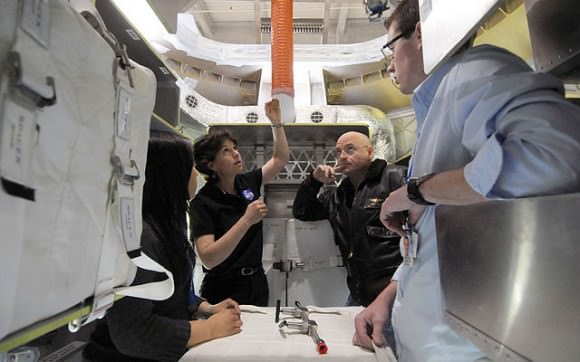
NASA astronauts have been trained in how to use the Dragon’s systems. Under both the COTS and Commercial Resupply Services (CRS) programs over a dozen astronauts from NASA, the European Space Agency (ESA) and the Japanese Aerospace Exploration Agency (JAXA) have been taught how to use the spacecraft’s controls. There has been a mutual exchange of information, as the astronauts learned about the spacecraft’s operating systems, SpaceX employees have been given insights about what it takes to live and work in space. This knowledge will eventually make its way into procedures and flight hardware.

